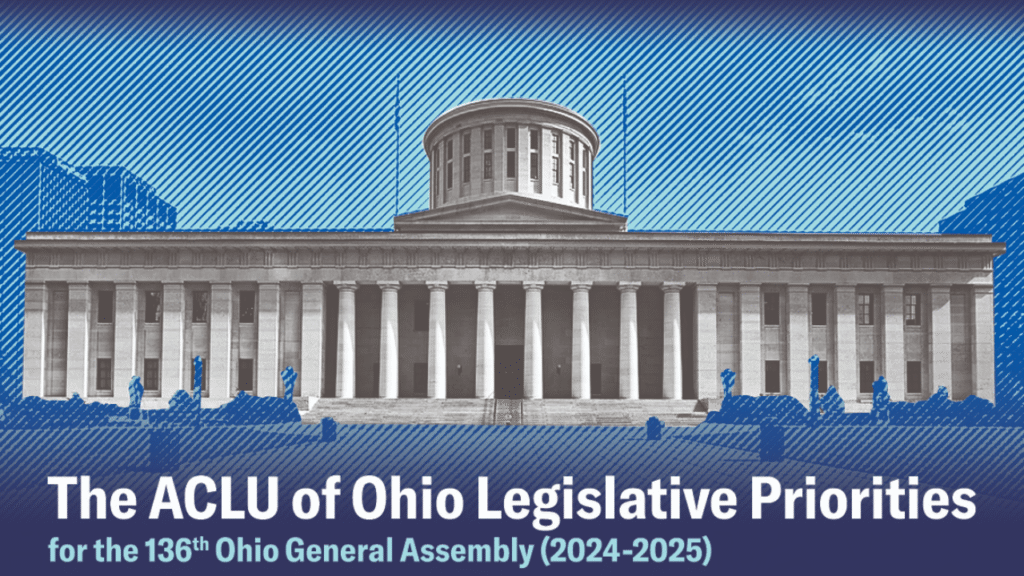
The Ohio General Assembly is the state’s legislative body responsible for creating laws that affect the daily lives of Ohioans. As the heart of Ohio’s state government, the General Assembly plays a crucial role in shaping policies on education, healthcare, infrastructure, taxation, and more. Understanding how the Assembly operates and its lawmaking process empowers citizens to engage with their government and hold their elected representatives accountable. This article provides a comprehensive overview of the Ohio General Assembly’s role in lawmaking, its structure, procedures, and impact.
Structure of the Ohio General Assembly
The Ohio General Assembly is a bicameral legislature, meaning it consists of two chambers:
- Ohio House of Representatives
Comprising 99 members, each representing a district with roughly equal population. Representatives serve two-year terms and are limited to four consecutive terms. - Ohio Senate
Made up of 33 members, with senators serving four-year terms and limited to two consecutive terms.
Together, these chambers work to draft, debate, amend, and pass legislation for the state.
How a Bill Becomes Law in Ohio
The legislative process in the Ohio General Assembly follows a series of defined steps designed to ensure careful consideration and debate:
- Bill Introduction
A legislator sponsors and formally introduces a bill in either the House or Senate. Bills can address a wide range of issues, from public safety to environmental regulations. - Committee Referral
The bill is sent to a relevant committee that specializes in the bill’s subject matter. Committees review, hold hearings, and may amend the bill. - Committee Vote
The committee votes on whether to send the bill back to the full chamber. If the bill fails at this stage, it usually does not progress. - Floor Debate and Vote
If approved by the committee, the bill is debated and voted on by the entire House or Senate. Amendments can still be made during this phase. - Second Chamber Consideration
After passing one chamber, the bill moves to the other chamber, where it undergoes a similar process of committee review, debate, and voting. - Conference Committee
If the two chambers pass different versions of the bill, a conference committee with members from both chambers works to reconcile differences. - Governor’s Approval
The final bill is sent to the Governor, who may sign it into law, veto it, or take no action. A veto can be overridden by a three-fifths majority vote in both chambers.
Powers and Responsibilities of the Ohio General Assembly
The General Assembly holds significant powers that shape Ohio’s governance:
- Legislative Authority
Drafting and enacting laws that address public policy, safety, and welfare. - Budget Control
Creating and approving the state budget, which determines funding for schools, infrastructure, and government programs. - Oversight
Monitoring state agencies and programs to ensure accountability and effectiveness. - Constituent Services
Representing the interests of residents and addressing local concerns through legislation or advocacy.
The Importance of Committees
Committees are essential to the General Assembly’s efficiency. They allow for specialized examination of bills and provide a forum for public input through hearings.
- Committees are categorized by subject, such as finance, education, health, or judiciary.
- Members develop expertise in their committee’s focus area.
- Public testimonies give citizens and experts opportunities to influence legislation.
Engaging with the Ohio General Assembly
Ohio residents can actively participate in the legislative process by:
- Contacting Representatives
Sharing opinions and concerns with their state legislators. - Attending Hearings
Observing or providing testimony at committee meetings. - Tracking Legislation
Monitoring bills and legislative sessions through official state websites. - Advocacy Groups
Partnering with organizations that represent community interests.
Overview Table: Ohio General Assembly Lawmaking Process
| Step | Description | Purpose | Who’s Involved |
|---|---|---|---|
| Bill Introduction | Legislator introduces a bill | Start legislative process | Ohio House or Senate member |
| Committee Review | Specialized committee examines the bill | Detailed analysis and public input | Committee members |
| Committee Vote | Committee votes to advance or reject | Decide if bill moves forward | Committee members |
| Floor Debate and Vote | Full chamber debates and votes on the bill | Chamber approval | All House or Senate members |
| Second Chamber Process | Bill undergoes similar process in other chamber | Ensure bicameral agreement | Members of second chamber |
| Governor’s Decision | Governor signs, vetoes, or takes no action | Final approval or rejection | Governor |
FAQs
Q1: How often does the Ohio General Assembly meet?
The General Assembly typically meets annually in sessions starting in January and lasting several months.
Q2: Can citizens propose legislation directly?
Ohio citizens can initiate legislation through the ballot initiative process but cannot introduce bills directly in the Assembly.
Q3: What happens if the Governor vetoes a bill?
The General Assembly can override the veto with a three-fifths majority vote in both chambers for the bill to become law.

